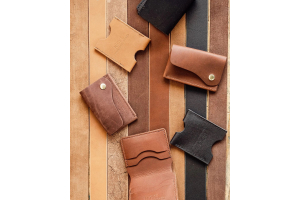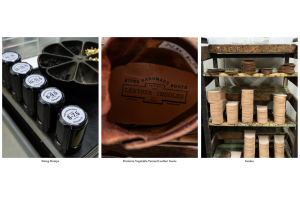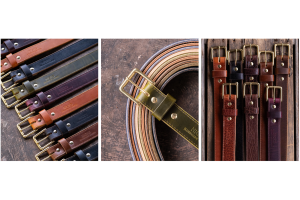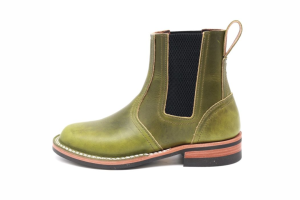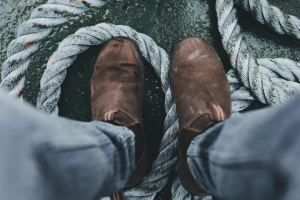Are Leather Jackets Good For Winter? What To Know
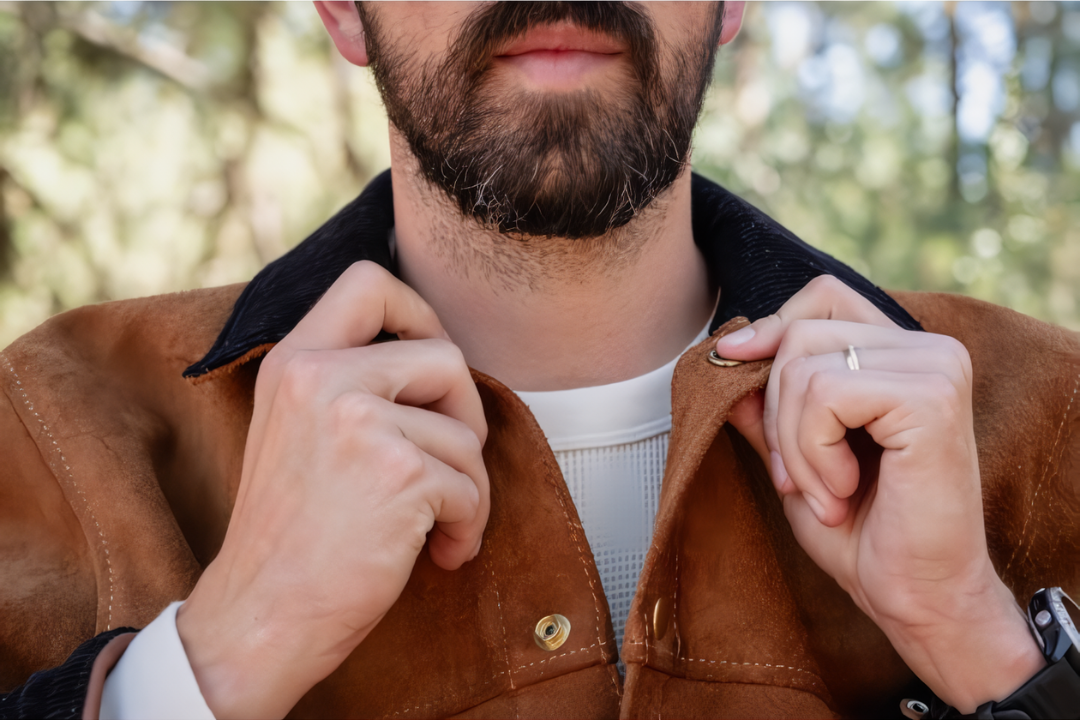
Key Takeaways:
- Leather Jackets Can Work for Winter: With thick materials and proper linings, leather jackets provide warmth and wind resistance. Layering and care make them even more effective for cold weather.
- Winter Care Is Important: Leather jackets need conditioning and waterproofing during winter to prevent cracking and damage. Cleaning and proper storage also keep them in great shape.
- Leather Jackets Are Versatile: Leather jackets are timeless and work across seasons. Layer your leather jacket for warmth in winter, or wear it alone in milder weather.
When the chill of winter sets in, many wonder if their favorite leather jacket can stand up to the challenge. Leather jackets are iconic, timeless, and effortlessly stylish—but are they practical when temperatures drop? It’s a question that pits fashion against functionality, leaving buyers curious about their winter-worthiness.
At Nicks Boots, we don’t just craft boots that stand the test of time; we embrace quality and durability in everything we do. Our commitment to rugged, reliable craftsmanship is what sets us apart. From our boots to outerwear, we understand your wear should look great and perform even better.
In this piece, we’ll examine whether leather jackets are reliable options for winter wear, examining their strengths and limitations in cold weather. We’ll also share practical tips to help you maximize their warmth and style throughout the season.
Are Leather Jackets Warm Enough For Winter?
Leather jackets can provide considerable warmth in cooler conditions, but their suitability for winter depends on the specific design and material used. High-quality leather naturally insulates against the wind and retains body heat, making it an effective barrier in moderately cold weather. Additionally, many leather jackets have lining materials like wool or quilted fabric, which enhance their ability to keep you warm.
However, not all leather jackets perform equally in winter. Lightweight options or those without adequate lining may struggle to provide sufficient insulation in freezing temperatures. The type of leather also plays a role in offering greater protection against the cold compared to thinner varieties.
In summary, while leather jackets can handle mild to moderate winters effectively, they may need to be paired with layers or upgraded features to endure harsher climates.
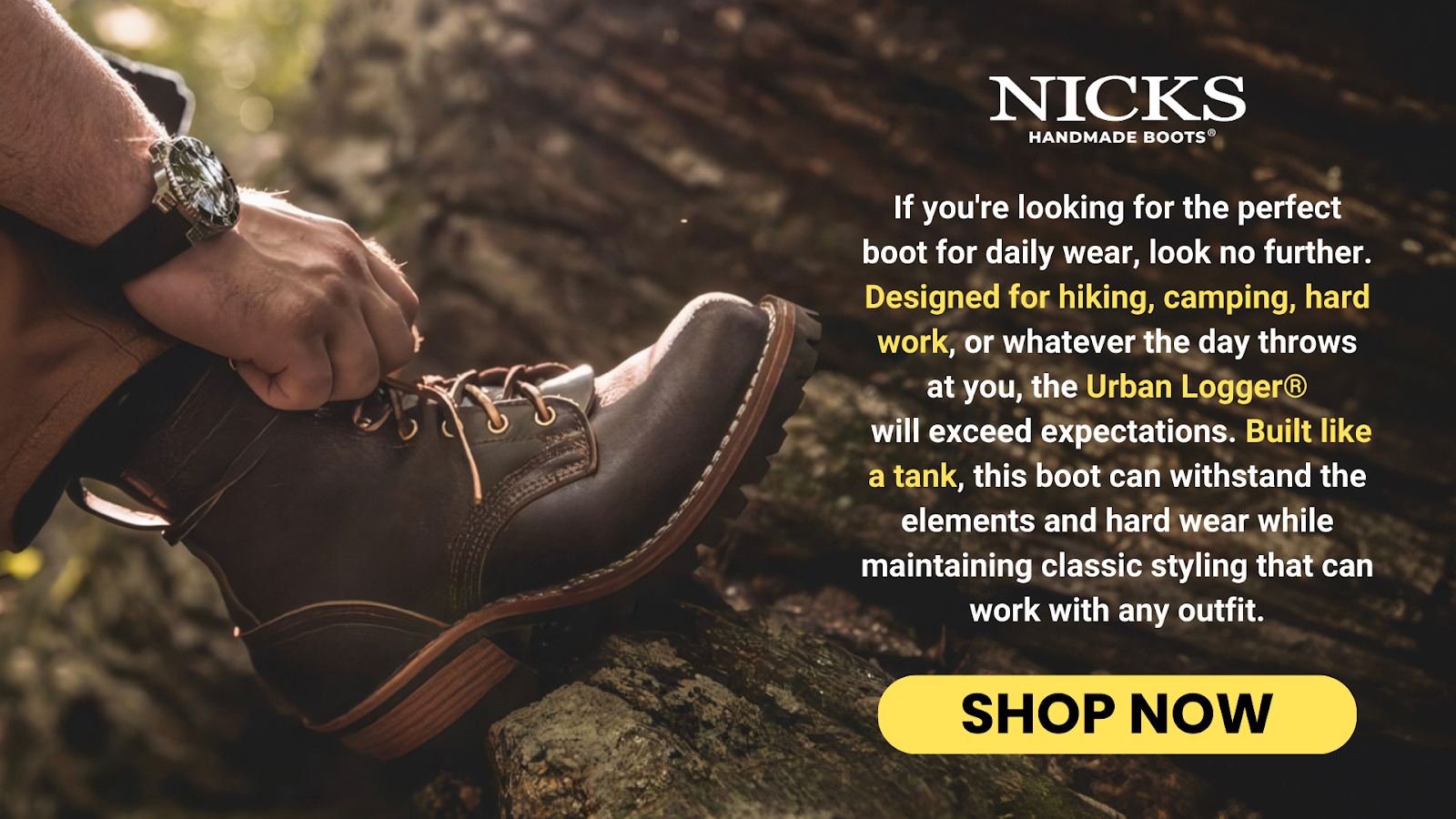

Factors That Make Leather Jackets Winter-Friendly
Leather jackets are more than just a fashion statement. They have features that can make them practical for winter wear. While not all leather jackets are created equal, some excel in offering warmth, wind resistance, and adaptability during the colder months. Here are the key factors that determine how winter-friendly a leather jacket can be:
- Thick and Durable Leather Material: The thickness of the leather directly impacts its ability to insulate and protect against the cold. Full-grain or roughout leather provides exceptional durability and natural heat retention. These materials create a barrier against icy winds, ensuring the wearer stays comfortable in brisk weather.
- Warm Inner Lining: An insulated lining transforms a leather jacket into a winter-ready garment by adding an extra layer of warmth. Common materials used for lining include shearling, quilted polyester, and wool, which effectively trap body heat. Jackets with a high-quality lining offer both comfort and enhanced functionality for cold-weather use.
- Wind-Resistant Design: Leather naturally blocks wind, but thoughtful design features like high collars, ribbed cuffs, and storm flaps elevate its wind resistance. These elements prevent cold air from seeping in, keeping the wearer warm even in blustery conditions. A snug fit around key areas further enhances the jacket’s ability to shield against the elements.
- Water-Resistant Properties: Although not entirely waterproof, leather treated with water-resistant coatings can fend off light rain or snow. Added water protection ensures the jacket remains functional and stylish even during unexpected winter weather. Proper maintenance, such as applying waterproof sprays, enhances the leather’s ability to repel moisture.
- Versatile Style for Layering: Leather jackets can accommodate additional layers, making them versatile for different winter scenarios. Pairing a jacket with a sweater or hoodie can significantly boost its insulation while maintaining a polished look. This adaptability allows the wearer to navigate fluctuating temperatures without sacrificing style or comfort.
Limitations Of Leather Jackets In Extreme Cold
While leather jackets are versatile and stylish, they have limitations when handling extreme winter conditions. In harsh climates where temperatures plummet below freezing, leather jackets may not provide adequate insulation. Here are the key reasons why leather jackets might not be the best choice for severe cold weather:
Insufficient Thermal Insulation
Leather is not a strong insulator, so it cannot trap heat effectively without added lining. Jackets without thick or insulated linings may leave you vulnerable to the biting cold. This limitation makes standalone leather jackets less ideal for subzero temperatures or prolonged exposure to the cold.
Limited Waterproofing
While leather can be treated to resist moisture, it is not inherently waterproof and may struggle in heavy snowfall or freezing rain. Excessive exposure to water can weaken the leather, making it prone to cracking or stiffness. For extreme winter weather, waterproof alternatives might be more reliable.
Lack Of Full Coverage
Most leather jackets are designed to prioritize style over full-body warmth, offering limited coverage compared to other winter wear. The waist-length cut common in many designs leaves lower extremities exposed to cold air. This makes them less practical in situations where comprehensive protection from the cold is needed.
How To Layer A Leather Jacket For Winter
Layering is the key to transforming a leather jacket into a functional piece of winter outerwear. Combining it with other garments can boost its insulation and versatility without compromising style. Here are practical tips for layering a leather jacket during the colder months:
Start With A Base Layer
The base layer is crucial for maintaining body warmth and regulating moisture in cold weather. You can create a lightweight and effective foundation with thermal tops or merino wool undershirts. These materials actively wick away sweat, ensuring you stay dry and comfortable during intense activity or freezing temperatures.
Add A Mid-Layer For Insulation
Layering a thick sweater, cozy hoodie, or insulating fleece under your leather jacket is key to retaining heat. Mid-layers made from materials like wool provide excellent warmth without making your outfit feel bulky. Beyond functionality, this layer adds a sense of style and depth, giving your look a textured, fashionable appeal.
Top It Off With Accessories
Enhance your cold-weather ensemble with essential accessories that offer both warmth and style. Items like scarves, gloves, and beanies are perfect for sealing off areas where chilly air might seep through. Opt for wool or knit options for maximum coziness, and use a scarf to add a polished or bold accent to your leather jacket outfit.
Benefits Of Leather Jackets Beyond Warmth
While leather jackets are often sought after for their style and durability, they offer a range of benefits beyond warmth in winter. These advantages make them a versatile and valuable addition to any wardrobe. Let’s explore the key benefits:
Timeless Style
Leather jackets have a classic, enduring appeal that transcends trends and seasons. Their sleek and rugged look complements various outfits, making them suitable for casual and semi-formal occasions. Investing in a leather jacket means owning a piece that will remain fashionable for years to come.
Exceptional Durability
High-quality leather jackets can withstand wear and tear, making them a long-term wardrobe staple. The natural toughness of leather protects against abrasions and minor impacts, ensuring that the jacket remains functional and stylish even after years of use. With proper care, a leather jacket can last a lifetime.
Versatility Across Seasons
Leather jackets aren’t limited to winter—they’re versatile pieces for multiple seasons. They offer lightweight protection in the fall and spring and can add warmth in winter when layered. Their adaptability makes them a practical and cost-effective choice for year-round wear.
Wind Resistance
Leather’s dense and durable structure is a natural barrier against wind, making it an excellent choice for windy days. Unlike synthetic materials, leather doesn’t allow cold air to penetrate easily, keeping you comfortable in blustery conditions. This feature enhances its functionality in various outdoor environments beyond cold climates.
Caring For Leather Jackets During Winter
Winter can be tough on leather jackets, as exposure to cold, moisture, and road salt can degrade their appearance and durability. Proper care during this season ensures that your leather jacket remains in top condition while maintaining its functionality. Here are essential tips for winter care:
- Keep It Dry and Moisture-Free: Leather can absorb water, leading to potential damage such as cracking or discoloration. Always dry your jacket immediately after exposure to snow or rain by patting it with a soft cloth and allowing it to air dry. Avoid using direct heat sources like radiators, as they can cause the leather to stiffen or warp.
- Apply Leather Conditioner Regularly: Cold weather can dry out leather, making it prone to cracking. Use a high-quality leather conditioner to keep the material supple and hydrated. Applying conditioner every few weeks during winter helps the jacket withstand harsh conditions and maintains its polished appearance.
- Protect Against Road Salt and Stains: Road salt is a common winter hazard that can leave unsightly stains on leather jackets. Wipe off salt residue immediately with a damp cloth and follow up with a mild leather cleaner if needed. Regular cleaning prevents buildup that can weaken the leather over time.
- Store Properly When Not in Use: When the jacket isn’t worn, store it in a cool, dry place away from direct sunlight. Use a padded hanger to maintain its shape and avoid folding it, which can cause creases. Proper storage ensures your leather jacket remains ready for use throughout the season.
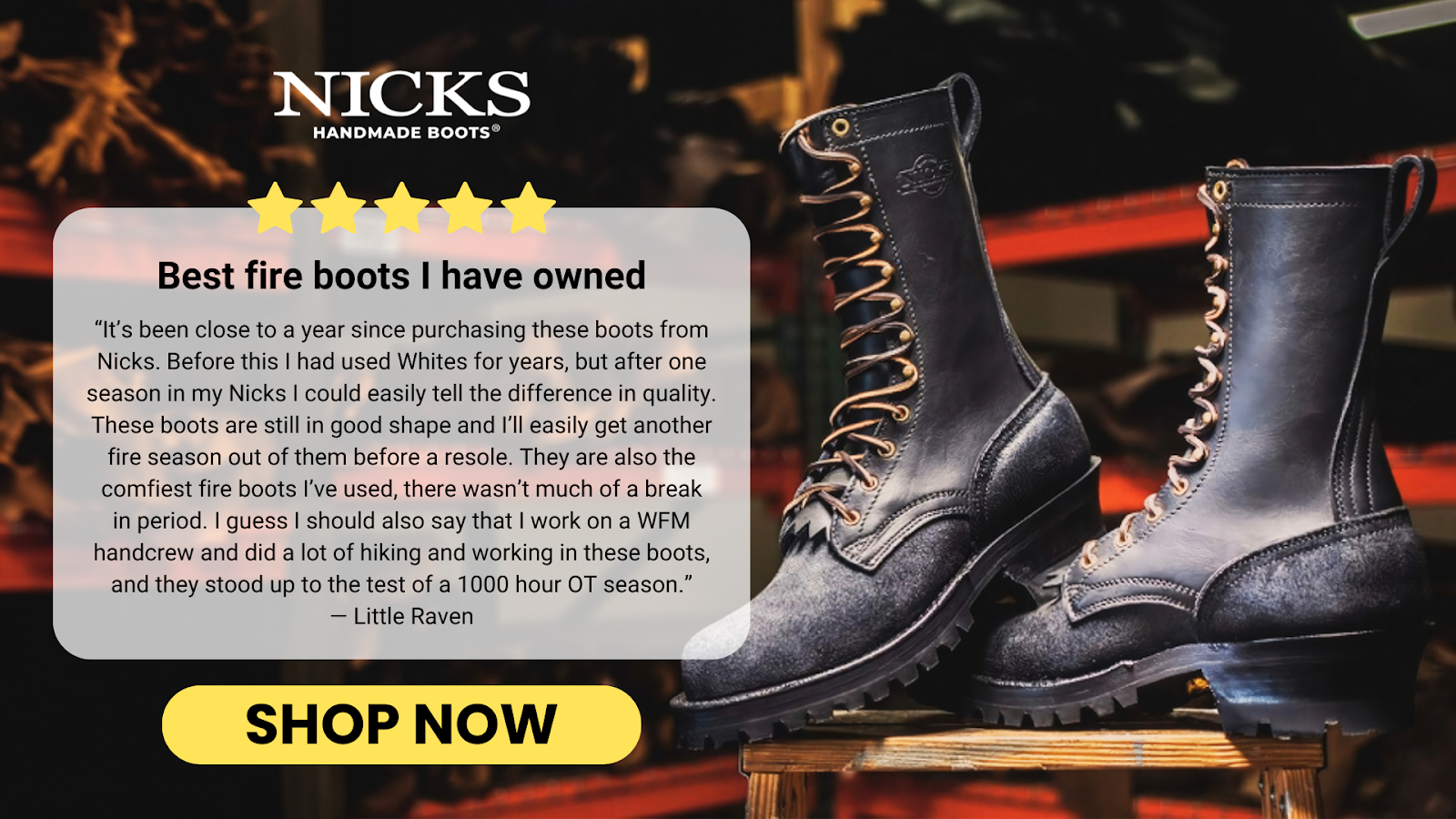

Final Thoughts
Leather jackets are unique in winter fashion, combining timeless style with practical functionality. While they may not always be the warmest choice for extreme climates, their adaptability and rugged appeal make them a standout option for cooler weather. By selecting the right design with appropriate lining and features, leather jackets can strike a perfect balance between aesthetics and practicality, allowing wearers to embrace cold days with confidence and flair.
A leather jacket is more than just outerwear—it invests in enduring quality and style. Its ability to transcend seasons and trends makes it a wardrobe essential, capable of evolving with your needs and personal taste. Whether paired with layers for added warmth or worn as a statement piece, a leather jacket ensures you don’t have to compromise style to stay comfortable this winter.
Read also:
Frequently Asked Questions About Are Leather Jackets Good For Winter
Are leather jackets a good investment for winter clothing?
Yes, leather jackets are a worthwhile investment because they offer durability and timeless style that can last years. They remain versatile for different seasons with proper care, making them both cost-effective and fashionable.
Can leather jackets handle snowy weather?
Leather jackets can withstand light snow if treated with a water-resistant coating to protect against moisture. However, they may need additional layering or outer protection for heavy snowfall to maintain their functionality.
What kind of leather is best for winter jackets?
Full-grain or thick leather is ideal for winter due to its superior durability and ability to block wind. These leathers offer better insulation compared to thinner options.
Can I wear a leather jacket in freezing temperatures?
Leather jackets can be worn in freezing temperatures if paired with warm layers like sweaters or thermal wear. Without proper insulation or additional clothing, they may not provide sufficient warmth for extended exposure.
Are leather jackets suitable for wet winter conditions?
Treated leather jackets can repel light rain or snow but are not entirely waterproof. Prolonged exposure to heavy moisture can damage the material, so regular waterproofing treatments are essential.
Do leather jackets lose their quality in winter?
Without proper care, leather jackets can dry out and crack in the cold, dry winter air. Applying leather conditioners during the season helps maintain their quality and flexibility.
Can I wear a leather jacket for winter sports?
Leather jackets are not recommended for winter sports because they lack the insulation, flexibility, and moisture-wicking properties needed for active performance. They are better suited for casual outings and everyday winter wear.
Is layering always necessary with a leather jacket in winter?
Layering is highly recommended, especially in colder climates, as most leather jackets don’t have heavy insulation. Adding a sweater or thermal base layer enhances warmth while keeping the jacket functional.
Are synthetic leather jackets a good alternative for winter?
Synthetic leather jackets can mimic the look of genuine leather but typically lack the same durability and insulation properties. They are less effective in extreme cold and may not last as long.
How do I maintain my leather jacket after winter use?
After winter, clean your leather jacket with a damp cloth to remove dirt and salt, then apply a conditioner to restore moisture. Store it on a padded hanger in a cool, dry place to maintain its shape and longevity.
